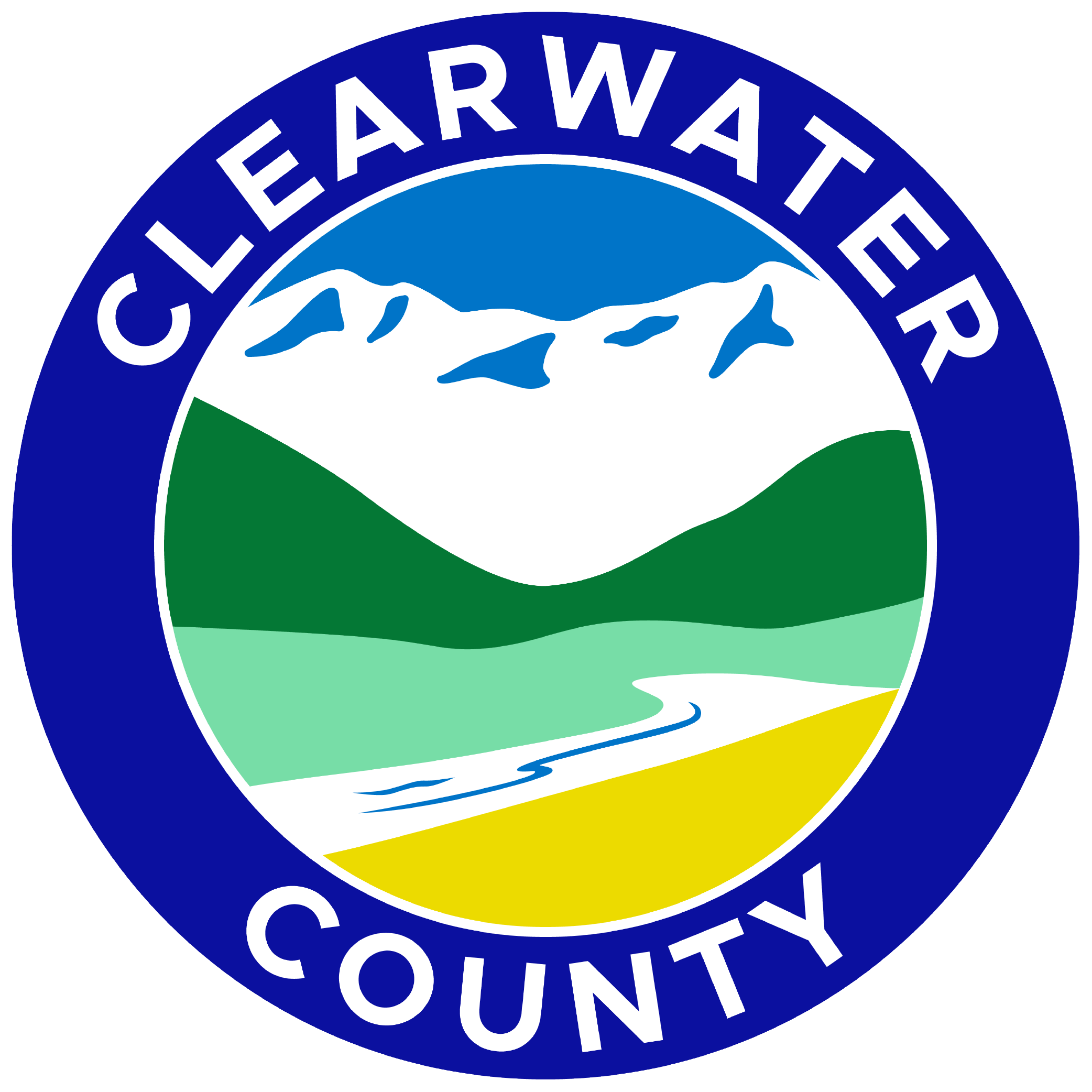
Background Summary
Nestled in the middle of the Rocky Mountains, the hamlet of Nordegg is overflowing with a rich natural and cultural history that both reflects a storied past and projects a vibrant future. A former coal mining town, Nordegg was once home to nearly 3,000 residents and the former Brazeau Collieries mine, which employed up to 600 mine workers. Beginning in 1914, mine operations would eventually produce approximately 300,000 tonnes of coal every year, making it one of the most productive mines in Western Canada. Among the key figures behind the establishment of Brazeau Collieries Ltd. and the development of coal mining in Alberta’s Rocky Mountains was Martin Nordegg, an entrepreneur from Berlin who would leave an indelible imprint in the eastern slopes.
In 1996, the property was transferred from the provincial government to Clearwater County, which comprised the surrounding areas. Following consultation efforts, the original Nordegg Development Plan, adopted in 2000, was approved by the County and work soon began on restoring the former town site as a mountain resort community with unique tourism experiences. Notably, the County chose to incorporate aspects of Martin Nordegg’s original community plan, specifically the half-circle street alignments that characterized the ‘Garden City’ planning movement in early 20th century European cities. With the adoption of the Nordegg Development Plan, Clearwater County committed itself to positioning the location as a mountain resort community in the heart of Alberta’s Rocky Mountains.
Nordegg Architectural Illustration of Elizabeth Ave – Streetscape Concept Video
Nordegg Development Plan
Nordegg Development Plan - 2021 Update
In 2020, Clearwater County began the process of updating the original Nordegg Development Plan. Several projects and improvements have been completed in Nordegg since 2000, notably:
| Development & Building |
|
| Essential Infrastructure |
|
| Public Health & Safety |
|
| Environmental |
|
| Community & Landmarks |
|
An update was proposed to reflect updated circumstances, eliminate redundant or achieved objectives and make the document more concise. The County desired to gather views from current residents and property owners and modify the document to enable marketing of land separately. The original vision, however, remains the same.
So what has changed?
This Nordegg Development Plan - Update (the “Update” or “Update Plan”) builds upon the original 2000 Plan and remains a guide to future growth and development within the townsite of Nordegg.
Both the original Plan and this Update stem from a broader mandate from Clearwater County Council to accommodate and promote tourism and economic development in the West Country with Nordegg as the hub.
This Update recognizes that development of Nordegg is well underway largely in keeping with the original Plan. Having served its initial marketing purpose, the focus of this Update turns more to fine-tuning the policy component. It strives to maintain the fundamental vision for the townsite.
| Development Constraints |
|
| Planning Area |
|
| Land Use Concept |
|
| Establish Development Priorities |
|
| Road Network |
|
| Open Space Concept |
|
Nordegg Development Plan maps - click here.
Nordegg Design Guidelines - click here.
Nordegg Architectural Guidelines for NLDR and NMUR Districts - click here.
Architectural Development Plan Guidelines for the Historic Core Commercial - click here.
Lots for Sale

*Prior to connection to Clearwater County’s common water and sewerage gathering systems a security fee of $6,000 shall be required in the form of a Letter of Credit or Certified Cheque. The security amount will be held for a warranty period of one (1) year. The warranty period will commence once the service installation and restoration work has been completed to the satisfaction of Clearwater County.
**Prior to placement of a manufactured home the landowner shall enter into a fencing development agreement with Clearwater County. A security fee of $2,000 shall be required in the form of a Letter of Credit or Certified Cheque. The security amount will be held until the Developer completes the fence installation. Should the fence not be completed within a three (3) year term, Clearwater County will hold the security and charge the Developer for the remaining cost of the fence installation at that time.
Water-Wastewater Application
Connection to municipal water and wastewater services is required on each lot within the:
- Nordegg Historic Downtown southern residential and commercial areas, and
- Nordegg Manufactured Home Park.
The following is not permitted:
- private water wells
- private sewage treatment systems
For securities, fees as well as connection inspections, please contact Kate Reglin, Project Technologist with Clearwater County’s Public Works Department at PublicWorks@clearwatercounty.ca or (403)845-4444.
For an application, visit Forms & Applications.
Residential
Commercial
Nordegg Industrial District
Nordegg Manufactured Home Subdivision

Rural Residence District
Nordegg Leisure Residence District
The general purpose of the Nordegg Leisure Residence District ("NLR") is to accommodate and permit development of private, leisure residences (cottages) for leisure time use/non-continuous occupancy in the forested slopes of Coliseum Mountain in the Northern portion of the Nordegg Townsite. Clearwater County developed and sold Nordegg Leisure Residential lots since 2003.
History of Nordegg
Nordegg Trail Concept Plan
Nordegg Recreation Concept Plan
Introduction
Public Input
- Non-Motorized Areas
- Motorized and Non-motorized Areas
- Staging Areas
Non-Motorized Areas
Motorized and Non-Motorized Areas
Staging Areas

